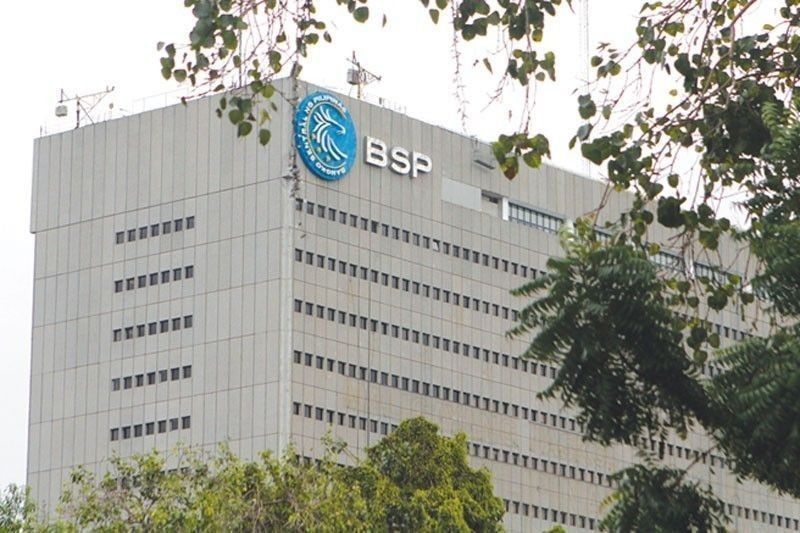BSP eases loan limit for single borrowers

MANILA, Philippines — The Bangko Sentral ng Pilipinas (BSP) has enhanced the rules on single borrowers’ limit (SBL) to allow banks to readily support the financing requirements of the economy. BSP Governor Felipe Medalla said the central bank’s Monetary Board issued Resolution 1869 on Dec. 27, 2022, approving the amendments to the pertinent provisions of the Manual of Regulations for Banks (MORB), which govern the credit exposure limits to a single borrower and definition of capital used for purposes of determining compliance with prudential limits and requirements.
Medalla said the new policy aligns the BSP regulations with internationally recognized standards on credit risk transfer and globally accepted rules on trade and finance transactions.
“The policy enhancements aim to make the BSP rules more responsive to evolving business and credit risk management practices. This is a timely measure since it provides banks with flexibility in utilizing effective credit risk mitigation techniques, which would allow them to prudently expand credit exposures in line with growth of the economy,” Medalla said.
The SBL prevents an overconcentration of credit risk, and imposes a ceiling on the amount of loans, credit accommodations and guarantees that a bank or financial institution can extend to a single borrower or its related entities.
The amended SBL regulations provide minimum operational requirements for a credit risk transfer arrangement to be considered as effective.
These are patterned after the credit risk mitigation requirements of the Basel III capital standards, which ensure that a particular credit risk transfer arrangement is binding on all parties, legally enforceable in all relevant jurisdictions, as well as direct, explicit, irrevocable and unconditional, among others.
The revised SBL rules also recognize guarantees between a bank’s head office and its branches or between a bank’s branches located in different jurisdictions as an effective credit risk transfer, subject to certain conditions.
The documentation of such intrabank guarantee must be issued in accordance with internationally recognized rules on finance transactions where the bank’s head office and branch are treated as separate entities with respect to the payment of such obligation.
Moreover, the total amount of the intrabank guarantees must not exceed 100 percent of the total loan portfolio of the bank concerned as of the end of the preceding month.
Given these controls, the regulator is dispensing with the prior BSP approval requirement on every credit transaction covered by a credit risk transfer arrangement for these to be excluded from exposures that are subject to SBL.
“The removal of the prior BSP requirement upholds the BSP’s expectations for banks to exercise sound risk governance and be primarily responsible for managing credit risk on their exposures. It also streamlines the lending process of banks, allowing them to readily support the financing requirements of the country,” Medalla said.
The new regulations, the BSP chief said, would take effect on July 1 to provide banks with reasonable time to make the necessary adjustments to their policies and procedures to ensure a smooth transition to the operational requirements for employing credit risk transfer arrangements.
In view of the changes, banks shall continue to use the existing SBL framework as of end-December 2022 during the transition period from Jan. 1 to June 30 to minimize disruption in the lending operations of banks.
The new framework also includes the use of 30 percent SBL by all banks, and the grant of exposures by covered foreign bank branches at amounts which shall not exceed the 30 percent SBL using as reference point two times the level of their prescribed regulatory capital.
Likewise, the new regulations revised the definition of regulatory capital, which is used as base in computing the SBL, among other prudential limits, to include other instruments, which may be likened to preferred stocks, subject to certain criteria such as but not limited to minimum maturity of years.
This provides a bank with more options as regards the types of instruments that it can use to boost capital to back up growth in its lending and investment activities.
The enhancement of the SBL regulations is part of the central bank’s initiatives to promote banking system stability through the adoption of sound credit risk management and regulatory capital standards.
- Latest
- Trending



























